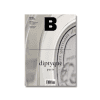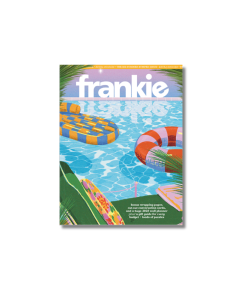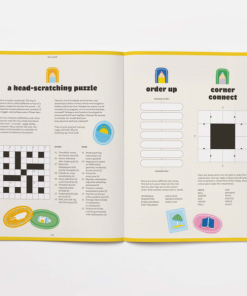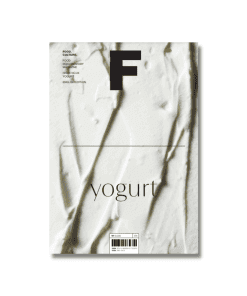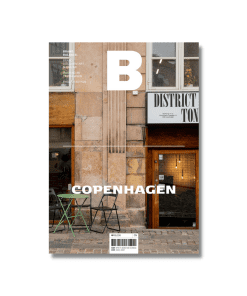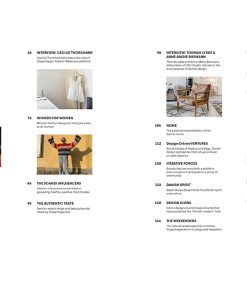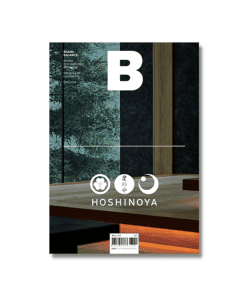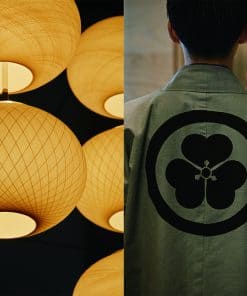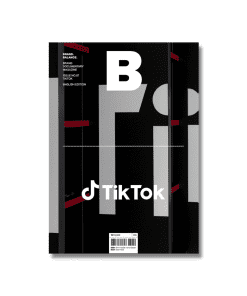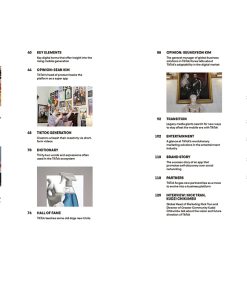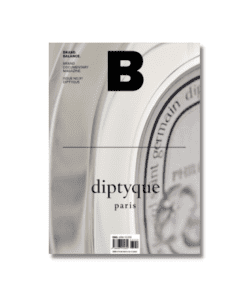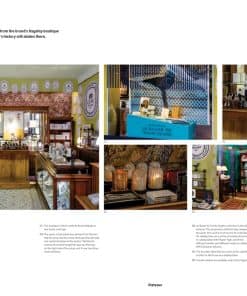Magazine B No.13 LEGO
480.000₫
2 INTRO
LEGO, whose history spans eight decades, has long been faithful to the basics of bricks being assembled to make something. B has spared some time to take a close look at people stacking one brick at a time to build the objects they envision.
32 LINE UP
LEGO currently offers a vast range of products in the market. B has delved into the vast collection of LEGO products, spanning from products for toddlers and children to sets for grown-up fans.
34 INNER SPACE
With some help from a passionate LEGO fan, B found out more about each LEGO product range. This section shares some untold stories behind the products as well.
42 TEST
B has had two people from different age groups with different backgrounds take some time to assemble LEGO bricks. Surprisingly, the participants showed a stark difference in regard to time and assembly process.
52 GALLERY
LEGO is one of a handful of brands loved by almost all age groups. B contacted LEGO fans from each age group to take a look at the LEGO sets they have assembled and share the stories behind them.
64 ORIGINALITY / MODULARITY
What stands out among LEGO’s numerous strengths and features are bricks made in standardized sizes. The toy company’s unique idea of assembly has influenced other companies in the industry to the extent that consumers can easily find some similarities in their products. Furthermore, LEGO bricks see no limits in creating variations. B met a number of passionate LEGO fans, spanning from those who are creating a series of replicas to an artist who is unleashing a wealth of imagination.
88 PART IN SPACE
LEGO bricks make up a significant part of the interior design in some places. B visited those places to find out why they have chosen LEGO bricks to decorate their spaces.
96 BRAND TO BRAND
B has discovered what other toy brands LEGO fans favor or have preferred in the past.
109 B’S CUT
A set of standards often repeats itself to set a market rule and eventually establish a brand, a process which LEGO has gone through in its history. This section is a series of photographed images of brands that show similarities with LEGO in regard to pursuit and values.
124 BRAND STORY
LEGO first started as a small carpentry workshop in 1932. B shares LEGO’s insight on becoming more just than a toy brand, as well as some untold stories.
152 OUTRO
LEGO bricks can create almost anything imaginable. Some people even claim that they can create an entire universe. Indeed, LEGO deftly mirrors people’s everyday lives.
Cho phép đặt hàng trước


